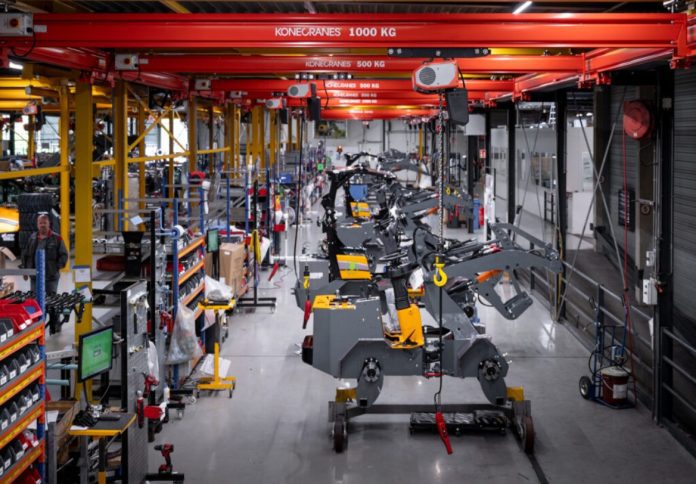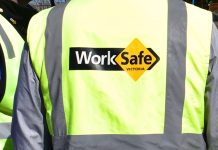
Konecranes has rolled out an upgraded version of its KBK workstation cranes in Australia and New Zealand, with features designed to enhance safety, functionality, and flexibility for manufacturing and assembly operations.
The redesigned KBK system, which builds on five decades of global use, is aimed at improving manual handling in a wide range of industrial settings, the company said in a news release.
According to Konecranes, the new steel and aluminium variants of the cranes provide increased lifting capacities, longer spans, and larger suspension distances, while maintaining user-friendly operation for repetitive lifts of up to two tonnes.
“Updates to both the structural and component elements of the latest Konecranes KBK systems enable increased lifting capacities and configurations, for low investments,” said Rowland Hudd, National Sales Manager – Industrial Equipment at Konecranes Australia and New Zealand.
Konecranes described the KBK cranes are suited for industries such as HVAC, switchboard manufacturing, food and beverage, metal and plastics processing, and machinery maintenance, and are designed to integrate seamlessly with existing production lines or work cells.
Konecranes said the systems are especially suited to manufacturers looking to optimise limited space while boosting operational efficiency.
“A major advantage of the Konecranes KBK system is ease of movement. Force equivalent to less than 1% of the lifted load is all that is required to move the system, making it outstandingly efficient for manual handling,” Hudd explained.
The crane’s “load follows user” function allows the equipment to move quickly and precisely in tandem with the operator, the company noted.
This feature, Konecranes said, reduces cycle times and increases productivity in shift-based manufacturing environments.
“This time-saving direct path approach ultimately decreases cycle times, and speeds up the operator’s tasks, allowing them to be more productive over their shift,” Hudd said.
In line with Australian Standard AS 2550, Konecranes emphasised the importance of servicing and maintaining cranes to ensure ongoing safety and performance.
The company noted that upgrading an existing KBK system can be a cost-effective way to meet increased load demands without needing additional floor space.
“These assessments are an ideal time to examine if business requirements have grown and changed,” Hudd said. “For very minor costs and changes, a KBK workstation crane upgrade may be able to double lifting capacity within the same space.”
He added that the KBK system also helps reduce workplace injuries: “The Konecranes KBK series also reduces OH&S risks across all industries, by providing a safer way to manually lift loads, thereby avoiding repetitive manual handling injuries associated with other methods.”


















